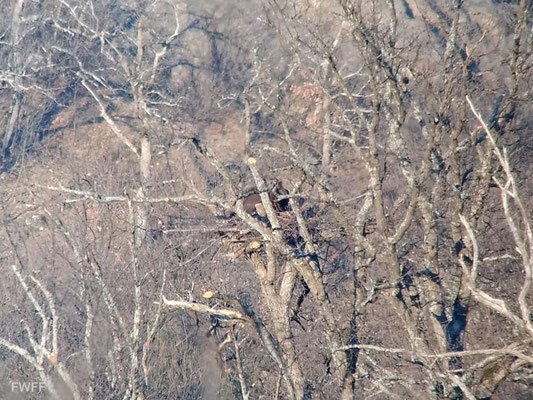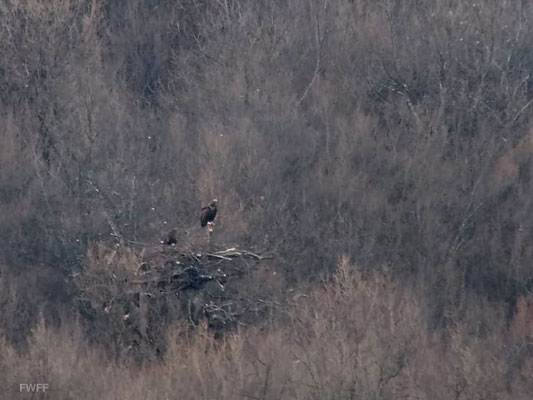
Until the early 20th century, the Cinereous Vulture was breeding in Bulgaria, but the species disappeared from the country due to habitat loss, wildlife poisoning, food shortage, and illegal persecution. In fact, the population of the species disappeared from the entire Balkan Peninsula, except for one small Cinereous Vulture colony remaining in Dadia Forest, north-eastern Greece. Yet, there is hope. Twenty Eight years after the last known nesting of Cinereous Vultures in Bulgaria, the Vultures Back to LIFE project confirms the formation of three pairs in the Balkan Mountains! This milestone did not happen overnight. It required years of diligence and dedication by both local and international conservationists.
Large vulture restoration in Bulgaria
Local conservationists from the Green Balkans, the Fund for Wild Flora and Fauna (FWFF) and the Birds of Prey Protection Society have been striving to restore large vulture species in Bulgaria for decades now, together with the support of international organizations.

The first step was reintroducing the Griffon Vulture in the Kresna Gorge and Stara Planina mountain range in Bulgaria, which was achieved after the release of over 350 Griffon Vultures there, donated by Spain, France and more than 19 zoos in seven countries. To achieve the second step, which is the return of the Cinereous Vulture as a nesting species, the Vultures Back to LIFE project started in 2015. Fast-forward 6 years, and already 59 Cinereous Vultures coming from wildlife rehabilitation centres in Spain reached Bulgaria thanks to the joint efforts of Junta de Extremadura, AMUS and the Vulture Conservation Foundation (VCF). And in early 2021, the project team observed the first signs of breeding.
Cinereous Vulture pairs nest building
As a result of all these targeted conservation actions, a total of three Cinereous Vulture pairs— two in the Eastern Stara Planina (Kotel) and one in Vratsa Balkans, have established themselves and are showing the first signs of breeding behaviour, building nests.
This outcome brings hope that the expected turning point for the species’ recovery is near. It also suggests that these reintroduced vultures have accepted the Stara Planina range as their home. It is further interesting that the birds are trying to build nests on deciduous tree species, such as Sessile Oak. In Spain, where most of the released Cinereous Vultures originate from, the species also nests on oaks, but they prefer evergreen species such as the Holm Oak and Cork Oak.
“It is a very hopeful sign”, said Jovan Andevski, the VCF’s Programmes Manager. “It may be that in this first attempts, breeding is not very successful, but if these pairs persevere, and more are established with the birds to be released this spring, then we should be close to see the first breeding attempt soon.
UPDATE: 28 March 2021
It’s official — Cinereous Vultures are nesting again in Bulgaria! According to recent observations by FWFF, the two pairs in Kotel have now laid their eggs and incubating.
Vultures Back to LIFE

Led by the wildlife conservation charity Green Balkans in collaboration with the Fund for Wild Flora and Fauna, Vulture Conservation Foundation, Junta de Extremadura and Euronatur, the Vultures Back to LIFE project aims to reintroduce the Cinereous or Eurasian Black Vulture to Bulgaria. The team will transfer and release around 60 birds, some from captive-breeding, but mostly coming from Spanish wildlife rehabilitation centres into the wild in Bulgaria as well as creating supplementary feeding stations and improving populations of wild herbivores, improving the nesting conditions and creating artificial nest sites and tackling some of the major threats to vultures in the country such as insulating electricity pylons and illegal use of poison in nature.








